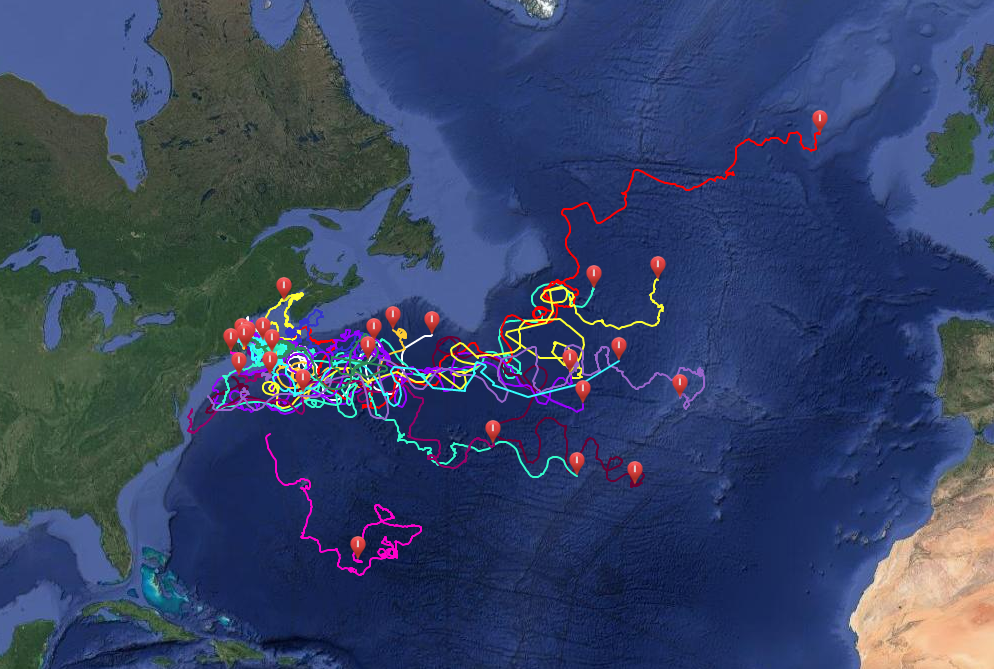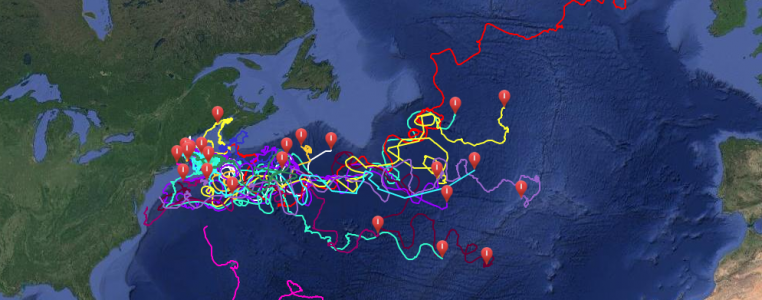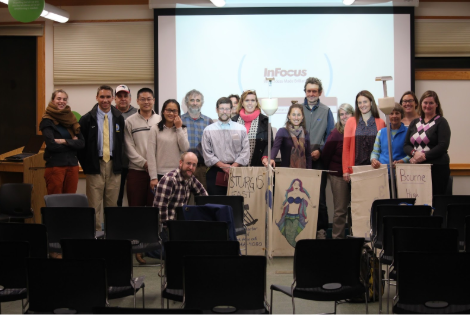Tracking Marine Debris Transport
As part of the NOAA Marine Debris Program funded project, “Tracking Marine Debris Transport: An Education and Outreach Project to Enhance Stewardship and Prevention Behaviors in the Gulf of Maine”, we at the GOMLF have deployed surface drifters throughout the Gulf of Maine to better understand the transport of marine debris. The Student Drifter project was a part of the Gulf of Maine Lobster Foundation’s efforts towards “Empowering youth as leaders in the community to prevent and remove marine debris in the Gulf of Maine” as a result of the grant funding.
2016 – 2017 Deployments
Between 2016 and 2017, we deployed 30 surface drifters.
Four drifter building and four data workshop sessions were conducted in 2016 where we built NOAA-MD drifters for different schools. In each session, the new “eco-friendly” drifter was displayed and presented as the next generation drifter for 2017. Made from bamboo and canvas cloth, it has natural “mushroom” for flotation and beach stones for ballast. Each school left the session with a partially-constructed aluminum-framed 2016 version of a surface drifter with instructions on how to complete it and how to get it deployed.

Screenshot of drifters from the 2016 project. Access to this project is no longer available. They were housed at: https://apps-nefsc.fisheries.noaa.gov/drifter/drift_noaamd_2016_1.html.
In late 2022, a paper was published (https://www.sciencedirect.com/science/article/pii/S0265931X22002302) to look at the potential transport of effluent from the decommissioned Pilgrim Nuclear Power Plant.









